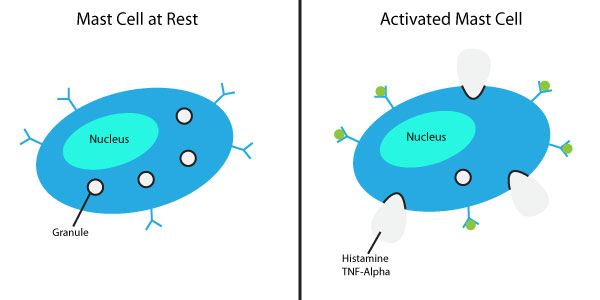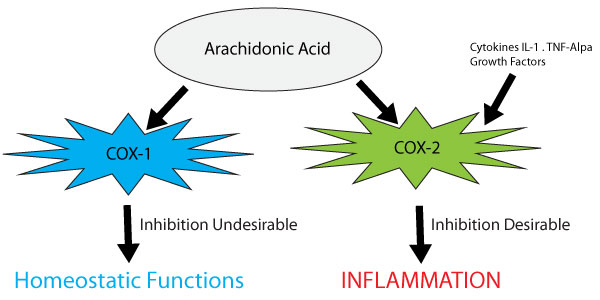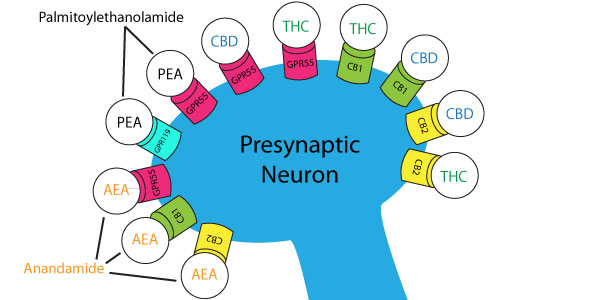Spore-based organisms are not new, as some believe. They have been around since the 1930's, and were debunked in 1939. Yet they have made a resurgence as of late, probably because in the nutritional industry companies are aggressively trying to carve out a niche for themselves, attempting to promote things that are "new" and "unique," but really are anything but.
“Spore-based” organisms are being misclassified by some manufacturers as probiotics, although this designation is a deviation from the International Scientific Association of Prebiotics and Probiotics (ISAPP). According to the ISAPP, to be classified as a probiotic, bacterial strains must be human in origin. Therefore, spores would not fit that definition, as spores are soil-based.
"...Bacillus coagulans is a ubiquitous soil bacterium that grows at 50-55 °C [122-133 °F]..." Stand Genomic Sci. 2011 Dec 31;5(3):331-40. Rhee et al.
Therefore, soil-based organisms are not typically considered “normal” GI residents. The suggestion of use is often to the hygiene-theory of disease, as it is now being suggested that humans are now “too clean,” and exposure to these various soil organisms may prime the immune system. This is a theory that may not be commonly accepted in conventional medicine or even in holistic medicine circles, however, because it lacks scientific validation.
The strains used in high quality probiotics are generally human-microflora – those genus, species, and strains found natively in the human gut. Some probiotics may also offer other strains that are found in dairy and/or fermented plants foods (sauerkraut, as example).
Strains are given their designation once the genome is mapped. Spore organisms have not been subjected to DNA mapping. We also know there is a massive body of research on the various specific human strains. In theory, spores as probiotics might have some benefit, and there are research articles available, but thus far the research looks very scant compared to the mammoth amount of data regarding human-based organisms. But an important point to consider is that none of the few studies that exist on spores show anything new or better than what standard human-based probiotics have been shown to provide. Thus, the marketing on spore probiotics does not appear to match the research. As has been said, "what glitters isn't always gold."
The only unique characteristic of spore-based organisms is their purported (not proven) improved survivability, which is less unique in terms of clinical properties. It is suggested that there is greater survival through the GI tract, as they are in their “inactive” spore state when swallowed and supposedly activated during digestion. However, if this survivability proves valid, some have concerns along these lines as to the safety and potential growth of pathogens as a result of lack of transit.
Regarding survivability in the digestive process, survivability of the more hardy strains of probiotic organisms is not the primary concern anyway. Think about it. When a person eats kefir or any other cultured food, do the organisms survive digestion and colonize? Most of the time, yes, and they are not even encapsulated! This is just another example of companies trying to create a "need" that doesn't really exist and has never been demonstrated in the literature.
Recall the definition of probiotics: “Proven clinical efficacy when taken orally.” Human-based probiotics have this track record of clinical efficacy, safety, and reems of research.
When in doubt, therefore, it would be advisable to go with the proven track record and research.
In summary, there are two very important considerations.
First, what is the true definition of a probiotic according to the ISAPP? For one, genus, species, and strain must be listed on the bottle.
Secondly, and perhaps more importantly, they have to have proven clinical efficacy in humans when taken orally.
So then, other than supposed unique survivability, what does the literature show regarding these spore-species – in humans – that may not be found with more ‘traditional’ human-microflora? Well, nothing.
In keeping with the standards of scientific research and strains that are accepted as safe and effective, do spore-based strains like lactobacillus sporogenes enjoy this kind of data? No. According to the article, Lactobacillus sporogenes is Not a Lactobacillus Probiotic, "No independent panel of experts has evaluated the safety of B. Coagulans for human consumption."1
Furthermore, Lactobacillus Sporogenes is not even a legitimately recognized strain and is actually a misclassification, as stated above.
Let’s close the discussion by quoting again from the same article:
"Unlike [true] probiotic species of lactobacilli, members of the genus Bacillus are not considered normal members of the intestinal flora... Published literature supporting the role of Bacillus coagulans in enhancing human health is sparse, especially as compared to literature published on Lactobacillus use as probiotics. To continue to persist using this taxonomically incorrect name leads to speculation about the advantages of willingly mislabeling a product. It is likely that companies hope to benefit from association with the large aggregate of published literature and history of use on the safety and health benefits of the genus Lactobacillus... The perpetuation of intentional mislabeling in the long run will serve to erode consumer confidence and undermine the credibility of the probiotic industry."
Reference:
“Lactobacillus sporogenes” Is Not a Lactobacillus Probiotic, – Mary Ellen Sanders Dairy and Food Culture Technologies Littleton, Colo; Lorenzo Morelli Instituto di Microbiologia UCSC Piacenza, Italy; Scott Bush Rhodia Inc. Madison, Wis.












